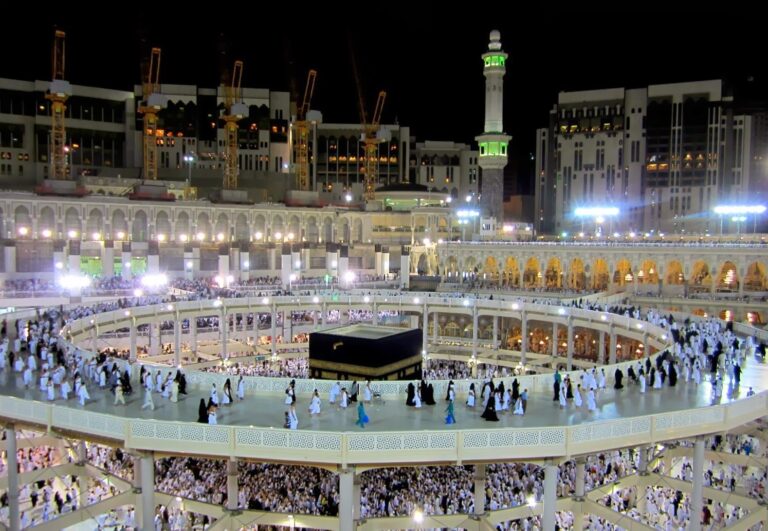In the heart of the Arabian Gulf, the Traditional Dhow boat Qatar emerges as a revered symbol of Qatar’s rich maritime heritage. This iconic vessel, with its sleek wooden hull and characteristic lateen sails, is more than just a boat—it’s a testament to Qatar’s seafaring past, showcasing the country’s deep connection to the sea. As Qatar evolves into a modern hub of industry and innovation, the dhow remains a cherished link to its historical roots, representing both the resilience of its people and the grandeur of its maritime tradition.
This article explores the historical significance, cultural relevance, and contemporary experiences associated with traditional dhow boats in Qatar. From their ancient origins to their role in modern tourism, we delve into the multifaceted legacy of these elegant vessels.
The History of Dhows in Qatar
Origins and Early Use
The origins of the dhow boat can be traced back to ancient maritime cultures across the Arabian Peninsula and beyond. The dhow’s design and construction have evolved over centuries, influenced by the seafaring practices of various regions including East Africa, the Indian subcontinent, and the Persian Gulf.
Construction and Design: Traditional dhows are crafted from local hardwoods such as teak and mahogany, known for their durability and resistance to the harsh marine environment. The construction process involves skilled craftsmanship, with boat builders, or “nakhuda,” using hand tools and steam to shape the wood. The dhow’s distinctive lateen sail, set on a long yard, allows it to harness the wind efficiently, making it suitable for both coastal and open-sea navigation.
Early Uses in Qatar: Historically, dhows were indispensable to Qatar’s economy, serving multiple purposes including fishing, pearl diving, and trade. The pearling industry, in particular, was central to Qatar’s economy before the discovery of oil. Dhows were used to transport pearl divers to rich oyster beds, and the pearls harvested were traded across the region.
The Dhow’s Role in Qatar’s Maritime Economy
Fishing: Dhows played a crucial role in Qatar’s fishing industry. Their design allowed fishermen to navigate the Gulf’s waters effectively, enabling them to catch various fish species that were staples in the Qatari diet. The fishing dhows were equipped with nets and other tools essential for catching fish, reflecting the boat’s adaptability to different maritime tasks.
Trade: The dhow was also central to Qatar’s trade networks. Before the oil boom, dhows facilitated the exchange of goods such as dates, textiles, and spices between Qatar and other regions, including the Arabian Peninsula, East Africa, and India. The dhow’s ability to transport goods over long distances helped establish Qatar as a significant trading hub.
The Decline and Revival of Dhow Culture
Impact of Oil Discovery: The discovery of oil in the mid-20th century brought dramatic changes to Qatar’s economy. The focus shifted from traditional maritime industries to the burgeoning oil sector, leading to a decline in the use of dhows for trade and fishing. Modernization and economic shifts contributed to a decrease in dhow-building and sailing practices.
Preservation Efforts: In recent decades, there has been a concerted effort to preserve and celebrate the dhow’s heritage. Cultural initiatives and tourism programs have sought to revitalize interest in traditional dhows, ensuring that their legacy remains a vibrant part of Qatar’s cultural landscape. Museums, festivals, and dhow cruises now play a role in keeping this maritime tradition alive.
Experiencing the Dhow in Modern Qatar
Dhow Cruises: A Timeless Journey
For visitors to Qatar, experiencing a dhow cruise offers a unique opportunity to connect with the country’s maritime heritage while enjoying the beauty of its coastline. Dhow cruises come in various forms, each providing a different perspective on Qatar’s rich maritime tradition.
Day Cruises: These cruises typically explore Qatar’s scenic coastline and nearby islands. Passengers can enjoy activities such as snorkeling, swimming, and fishing, all while aboard a traditional dhow. Day cruises offer a chance to appreciate the natural beauty of Qatar’s waters and the practical uses of dhows in leisure and livelihood.
Sunset Cruises: A sunset dhow cruise presents a magical experience as the sun sets over Doha’s skyline. These cruises often include refreshments and provide a serene atmosphere for guests to enjoy the changing colors of the sky and the reflections on the water. The juxtaposition of the traditional dhow with the modern cityscape creates a captivating visual experience.
Dinner Cruises: For a more luxurious experience, dinner cruises on dhows offer a sophisticated dining experience under the stars. Guests can savor a selection of traditional Qatari dishes and international cuisine while enjoying live entertainment. The ambiance of the dhow, combined with the picturesque setting, makes for an unforgettable evening.
Cultural Festivals and Events
Qatar hosts several cultural festivals and events that celebrate the dhow and its significance in the country’s heritage. These events provide vibrant and immersive experiences for both locals and visitors.
Katara Dhow Festival: Held annually at Katara Cultural Village, the Katara Dhow Festival is a major cultural event that highlights Qatar’s maritime heritage. The festival features traditional dhow races, cultural performances, and exhibitions on dhow construction and sailing. Visitors can learn about the history of dhows and witness the excitement of dhow races, where teams compete to sail their boats at high speeds.
National Day Celebrations: Qatar’s National Day, celebrated on December 18th, includes a variety of events that honor the country’s heritage, including dhow races along the Corniche. These races showcase the skill and precision required to maneuver traditional dhows and are accompanied by cultural performances and displays of traditional crafts.
Dhow Building and Restoration
For those interested in the craft of dhow building, visiting dhow workshops offers a fascinating glimpse into this traditional art form. Master craftsmen, or nakhuda, continue to build and restore dhows using techniques that have been passed down through generations.
Dhow Workshops: Located in areas such as Al Wakrah and Al Khor, dhow workshops provide insight into the construction and restoration of traditional wooden boats. Visitors can observe the meticulous process of shaping the wood, assembling the hull, and installing the sails. Workshops often welcome visitors who are eager to learn about dhow building and the skills involved in this ancient craft.
Dhow Museums: Museums such as the Sheikh Faisal Bin Qassim Al Thani Museum feature exhibits on dhow boats, including restored vessels and artifacts related to Qatar’s maritime history. These museums offer valuable context for understanding the significance of dhows in Qatari culture and their role in the country’s development.
Cultural and Artistic Significance
Symbolism and Identity
The dhow is more than a historical artifact; it is a powerful symbol of Qatar’s cultural identity. It represents the resilience, resourcefulness, and connection to the sea that have been integral to Qatari society for centuries. The dhow’s image is frequently featured in art, literature, and public spaces, reflecting its enduring place in the nation’s cultural consciousness.
Dhows in Modern Art
Contemporary Qatari artists frequently incorporate the dhow into their work, using the boat as a symbol to explore themes of tradition, modernity, and national identity. Public art installations and murals in Doha often feature the dhow, reflecting its significance in the cultural consciousness of the nation. Visitors can view these works at venues such as the Mathaf: Arab Museum of Modern Art and the Fire Station Artist in Residence.
Cultural Performances
Traditional Qatari music and dance performances often include references to the sea and the life of dhow sailors. The “Fijiri,” a traditional form of music performed by pearl divers and sailors, is characterized by rhythmic drumming and vocal chants. Performances of Fijiri can be experienced at cultural festivals and events, providing an auditory connection to Qatar’s maritime past.
Conclusion
The traditional dhow boat stands as a testament to Qatar’s rich maritime heritage, embodying the country’s deep connection to the sea and its historical legacy. Despite the changes brought about by modernization and economic development, the dhow remains a cherished symbol of Qatari culture and identity.
For visitors to Qatar, experiencing the dhow through cruises, cultural festivals, and museum exhibits offers a unique and immersive way to connect with the nation’s maritime history. The dhow’s continued presence in contemporary art and cultural performances reflects its enduring significance and its role in shaping Qatar’s cultural landscape.
As Qatar continues to grow and evolve, the preservation of the dhow and its associated crafts ensures that future generations will remain connected to the maritime roots that have shaped the nation. Whether sailing on a traditional dhow, exploring its construction, or admiring its depiction in art, the dhow serves as a proud reminder of Qatar’s heritage and its lasting relationship with the sea.










